The town of Riobamba sits at the foot of Ecuador’s highest mountain, Chimborazo. Wide city streets make for easy walking and on most Sundays the city is fairly quiet, with little traffic and a few families enjoying the parks. We arrived about mid-morning, making the drive from Quito in record time, just a couple of hours. After dropping our things of at the hotel, we grabbed our cameras and set out on foot, wandering as is our wont, to find good subjects for photos. To our surprise, we heard a band playing music and followed the sound until we found its source:
Plaza Sucre
Perhaps they were practicing for a larger event or maybe the city just likes to have a wandering band take to the city streets on Sundays. Either way, we decided that to follow the band and see if would lead us to more excitement. The street had obviously been closed to traffic and a few locals were riding their bikes. They, too, stopped to watch the marching band. Eventually, the musicians led us to a large plaza where we decided to stop and explore. A large school, the Colegio Maldenado, stands guard on one side of the plaza. Directly in the center is a huge fountain, water spraying from small cherubs surrounding the centerpiece statue, Neptune. You might wonder why a Roman god sits front and center of one of the largest plazas in town. The God of the Sea was added to the plaza in the same year that Riobamba introduced potable water to its citizens.
- Neptune in Riobamba
- Collegio Maldenado, Riobamba
- Old Building on a Street Corner in Riobamba
 It was nice to walk without a plan. We basically strolled down interesting streets and headed in the direction where we could see a church towers in the distance. Wandering in this way gave us the chance to find little gems off the beaten path. An old clock tower stood in one neighborhood. Run down buildings with graffitied walls and locked doors stood next to recent renovations that looked like they were probably owned by some government office of one kind or another. Riobamba has the feel of a city in flux – there are historic buildings in the midst of semi-demolition, street corners be-ribboned wires upon wires connecting homes and businesses to electricity, telephones, and internet, and churches both ancient and modern.
It was nice to walk without a plan. We basically strolled down interesting streets and headed in the direction where we could see a church towers in the distance. Wandering in this way gave us the chance to find little gems off the beaten path. An old clock tower stood in one neighborhood. Run down buildings with graffitied walls and locked doors stood next to recent renovations that looked like they were probably owned by some government office of one kind or another. Riobamba has the feel of a city in flux – there are historic buildings in the midst of semi-demolition, street corners be-ribboned wires upon wires connecting homes and businesses to electricity, telephones, and internet, and churches both ancient and modern.
- City Street in Riobamba
- At the top of the Basílica del Sagrado Corazón de Jesús
- Iglesia Concepción on Cristobal Colon and Orozco
- View of the plaza on Orozco across from the Iglesia Concepción
- Statue in Parque La Libertad
Plaza Maldenado
The Plaza Maldenado feels like the historic center of Riobamba. The streets that surround the plaza are full of historic buildings, most probably from the 1700 or 1800s. We found children playing at the base of a huge statue of Pedro Vicente Maldando, the famous cartographer who took part in the French Geodesic Mission. He was born in Ecuador to parents of Spanish blood and spent his primary school years in Riobamba before finishing his education in Quito. His name can be found throughout the region.
- Plaza Parque Maldenado, Riobamba
- Water Fountain at Parque Maldenado, Riobamba
- HIstoric Building at Parque Maldenado, Riobamba
- Outdoor Passageway Near Parque Maldenado
- Statue of Pedro Vicente Maldonado
- Statue of Pedro Vicente Maldonado
Riobamba Cathedral
 Some of Riobamba’s most ancient roots can be found on the plaza as well. Founded in 1534, it was once the capitol city of colonial Ecuador. Rumors abound as to why the seat of power was moved to Quito but what remains from this time period are the carved stones set into the exterior walls of the Riobamba Cathedral. The carved images are striking; Europeans in colonial dress, conquistadors with metal helmets and sheathed swords, and God, looking somewhat like Zeus, handing down the 10 commandments. They were salvaged from the original church, destroyed in the earthquake of 1797.
Some of Riobamba’s most ancient roots can be found on the plaza as well. Founded in 1534, it was once the capitol city of colonial Ecuador. Rumors abound as to why the seat of power was moved to Quito but what remains from this time period are the carved stones set into the exterior walls of the Riobamba Cathedral. The carved images are striking; Europeans in colonial dress, conquistadors with metal helmets and sheathed swords, and God, looking somewhat like Zeus, handing down the 10 commandments. They were salvaged from the original church, destroyed in the earthquake of 1797.
- Stonework from the Riobamba Cathedral
- Stonework from the Riobamba Cathedral
- Stonework from the Riobamba Cathedral
- Stonework from the Riobamba Cathedral
Iglesia de San Alfonso
A benefit of walking on a Sunday is catching a community leaving mass and being able to enter a church for a few minutes before the padre closes the doors. We were fortunate enough to enter the Iglesia del San Alfonso, with its beautiful mural of the Virgin Mary and Child above its entrance door. The interior was just as stunningly bright with columns painted a clean white and light blue adorning the domed ceiling above. An old tile floor in light greens welcomed us to walk towards the heart of church, where the main alter was bathed in gold leaf. Meanwhile, outside, parishioners were flocked around a few vendors selling plates of fritada and mote (fried pork and hominy).
- Iglesia de San Alfonso
- Iglesia de San Alfonso
- Iglesia de San Alfonso
- Iglesia de San Alfonso
- Iglesia de San Alfonso
This whirlwind tour all took place in a couple of hours. This historic city deserves more time! We’re hoping to visit again this coming February… let us know if you have any places that we missed and that you would like to see us photograph.

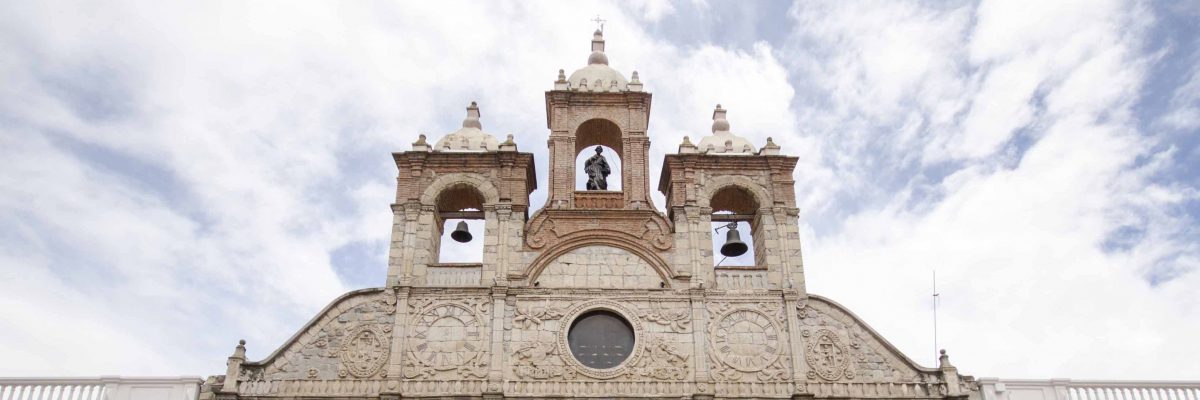


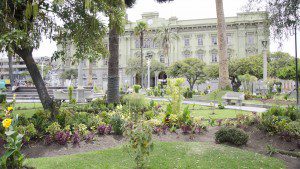
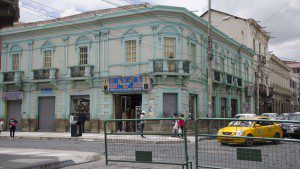
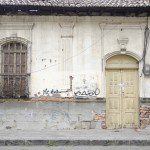

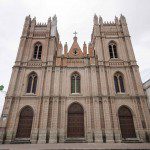
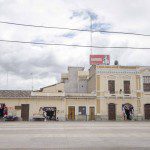
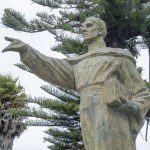

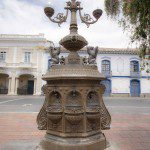
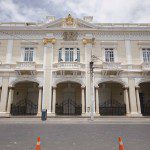



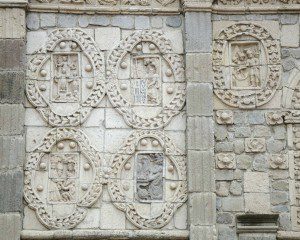
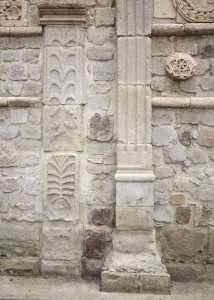
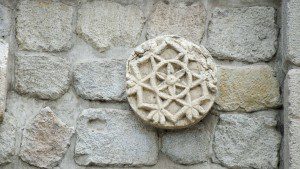
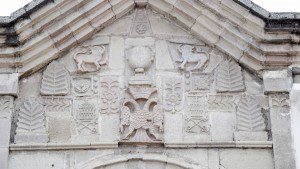

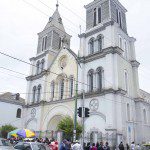
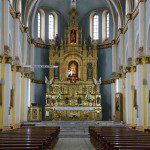
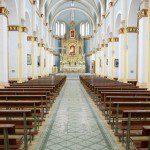
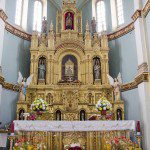
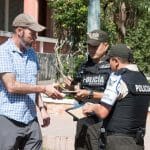
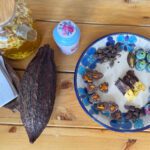
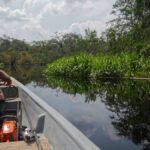
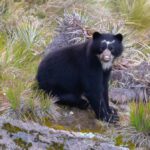
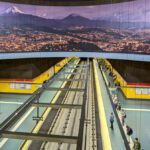

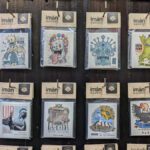
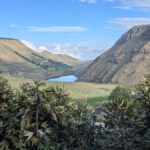

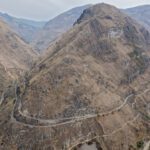


0 Comments